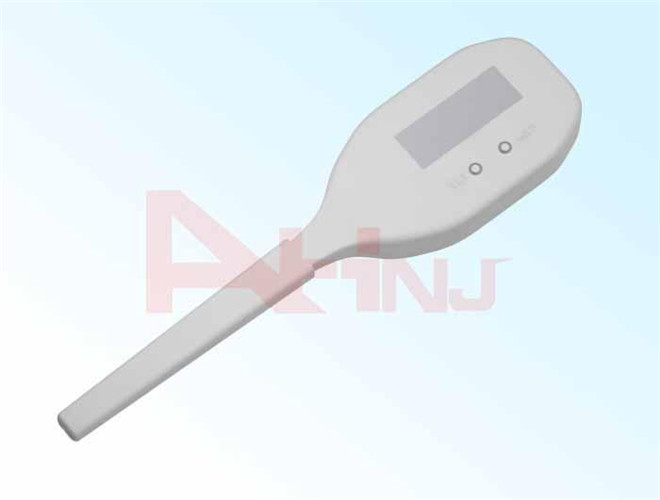Electrical
Think about the Load, Shifting Cycles and Output:
To completely understand the electric variables included, design engineers must inquire:
What's the electric load which has been changed?
What's the shifting voltage and current?
Is your circuit driven by a batterylife? If this is the case, what's the battery voltage worth?
Are there any particular requirements like EMC, EMI or ESD concerns inside this program? (This is extremely important if using a Hall effect sensor.)
Magnetic - Evaluate the Material, Quality and Performance:
The engineer must use this listing to assess the quality and performance of the magnet:
1.Use magnetic simulation applications to obtain a comprehensive comprehension of a detector's magnetic working environment beneath a broad array of conditions. This instrument characterizes sensor functionality whilst working and interacting with magnetic fields in movement. It ought to think about any ferrous metals found close to the detector and magnetic actuator assembly which could shunt the magnetic field away from the detector. This simulation ought to be accomplished before investing substantial time in benchtop testing and tooling. 2.Think about the temperature of this program as it's the maximum influence on the magnetic substance. Some magnetic materials like neodymium have limits on the maximum allowable working temperature. When the maximum temperature was surpassed, the regular density considerably decreases and can't be reversed. For benign environments like indoor uses, an alnico magnet or even a low-cost ceramic magnet may work well if the substance meets the necessary distance tolerance for detector activation. Within an high-temperature application with several changes in temperatures (i.e., an automotive environment), an extremely secure rare earth magnetic material like samarium cobalt is frequently demanded.
2.Study the magnet's polarity and orientation.A Hall effect sensor normally functions using just the south or north pole of the magnet. A reed sensor isn't polarity sensitive and will function with any magnetic rod.
3.4.When an activation tolerance is rather tight, then remove the ceramic levels and alnico levels, while advocating a neodymium or samarium-cobalt magnet. The rare earth materials are far more cost competitive than in preceding decades.
5.Be careful of having a neo-grade magnet once the program is inside a high-moisture atmosphere. Nickel plating over neodymium is a great barrier. But, it isn't a guarantee that moisture won't penetrate under the nickel through a crack. Pick a samarium-grade substance for this particular environment in case a rare earth material is necessary.
6. When packing the magnet at a sealed plastic or nonferrous metallic bundle, neodymium could possibly be considered to get a high-moisture atmosphere.
7. To stop cost from turning into a future problem, ensure that the magnet material isn't over defined for the program.
Nanjing AH is one of the leading Magnetic Switch China Supplier. Our Magnetic Sensor has high quality and competitive price.

Copyright © Nanjing AH Electronic Science & Technology Co., Ltd. All Rights Reserved.
Technical Support:  | Sitemap | Privacy Policy
| Sitemap | Privacy Policy